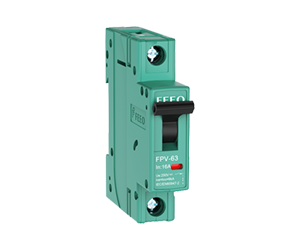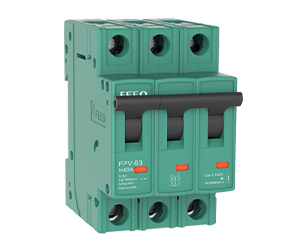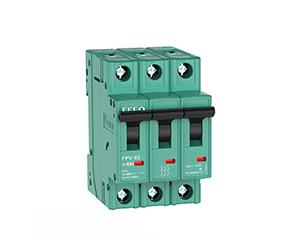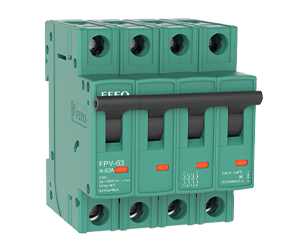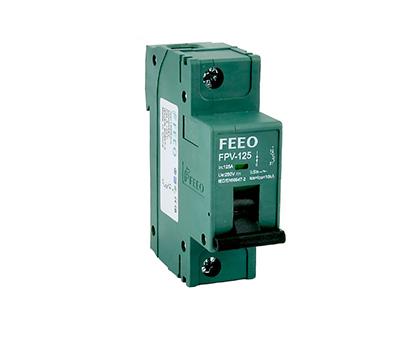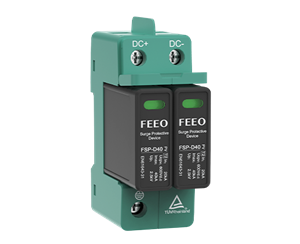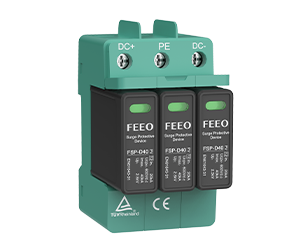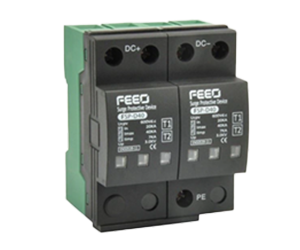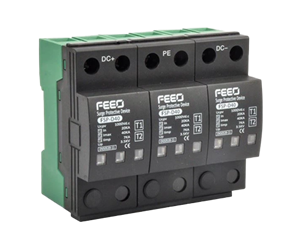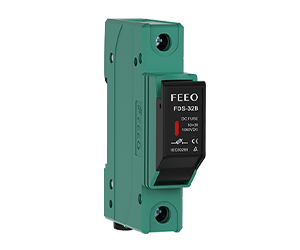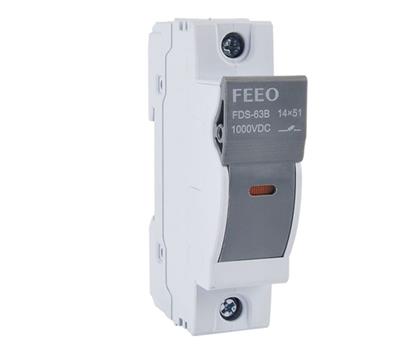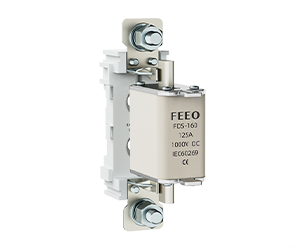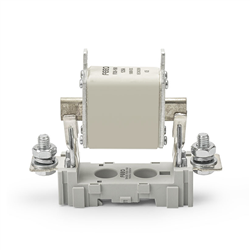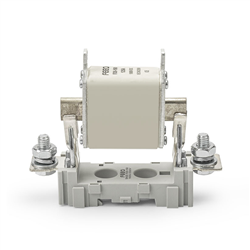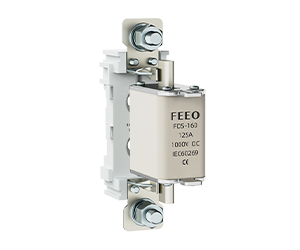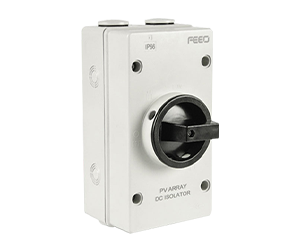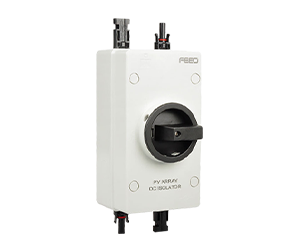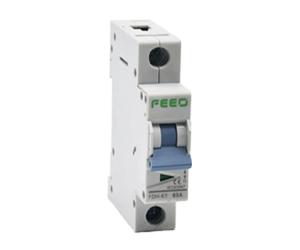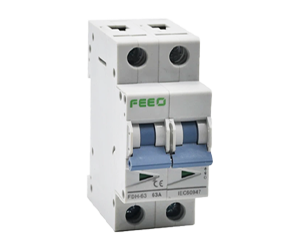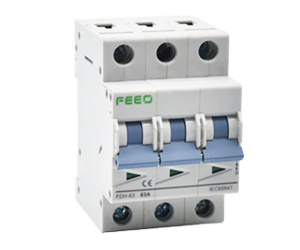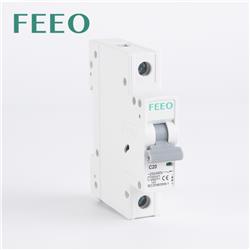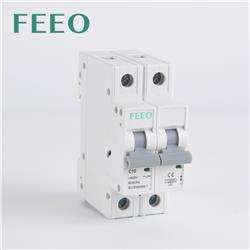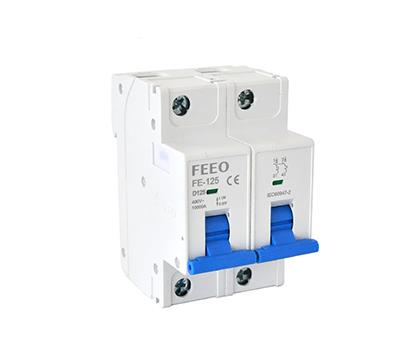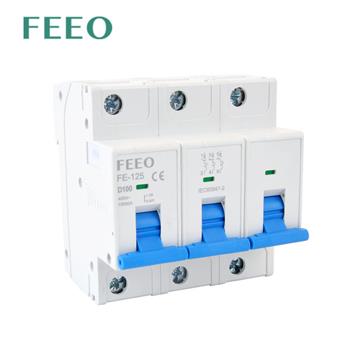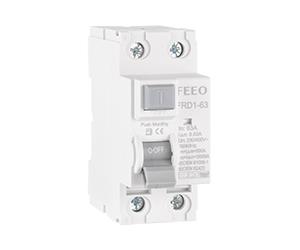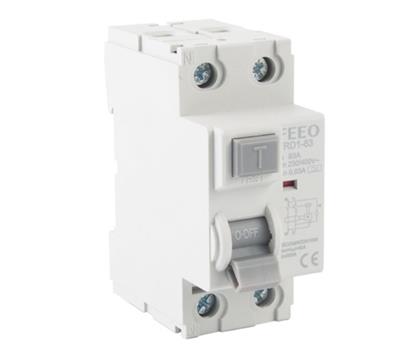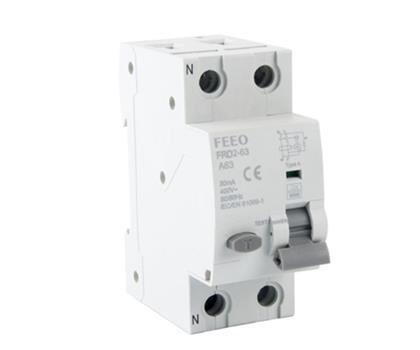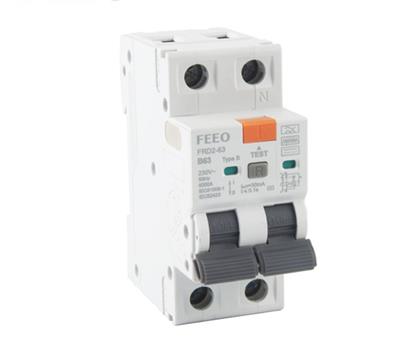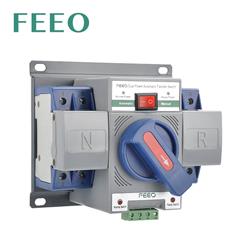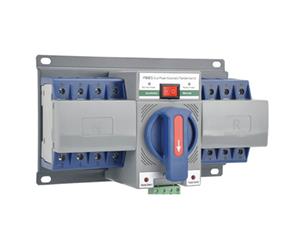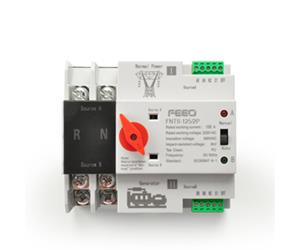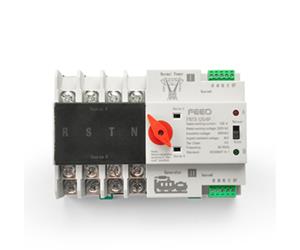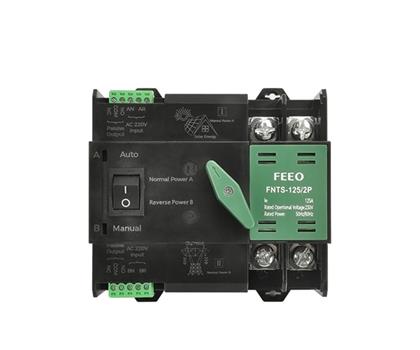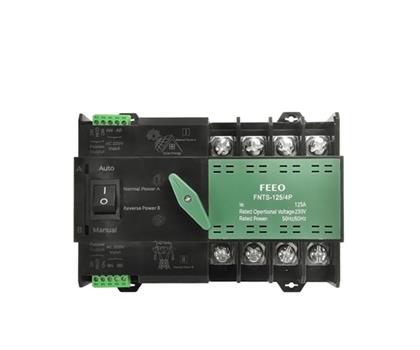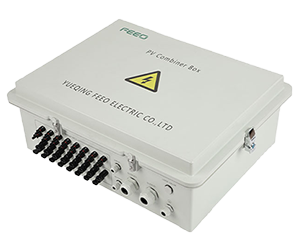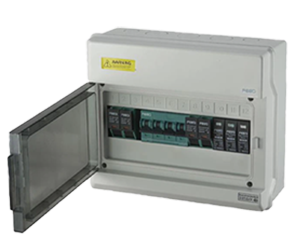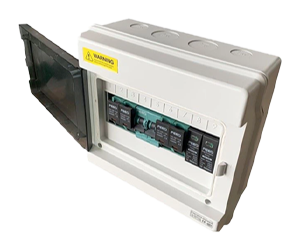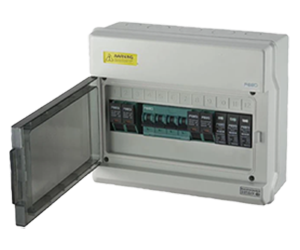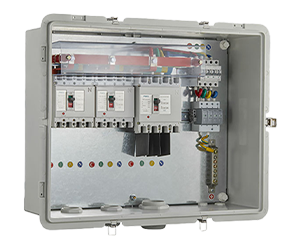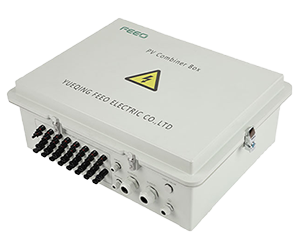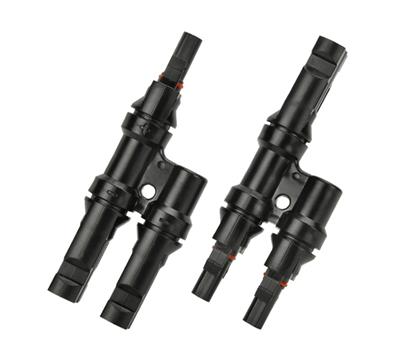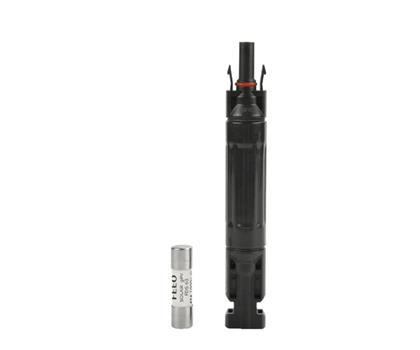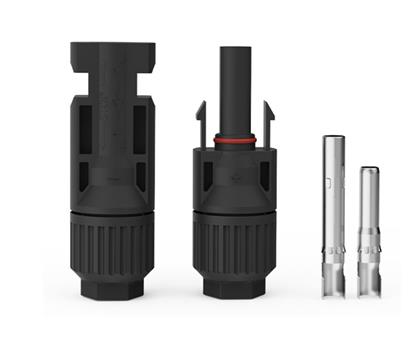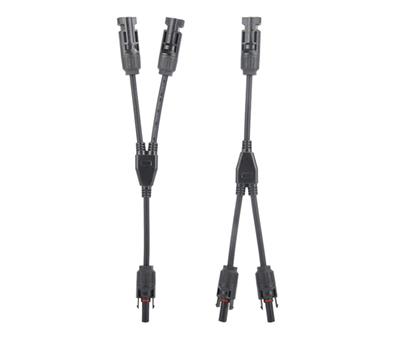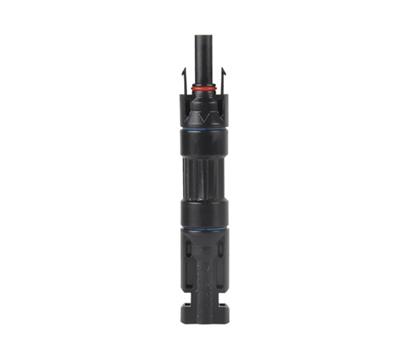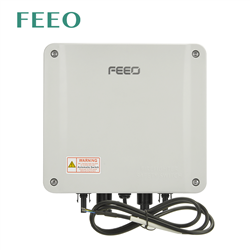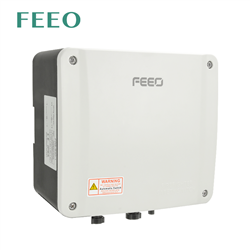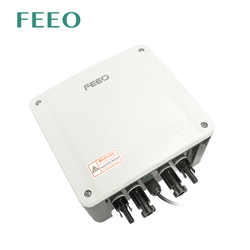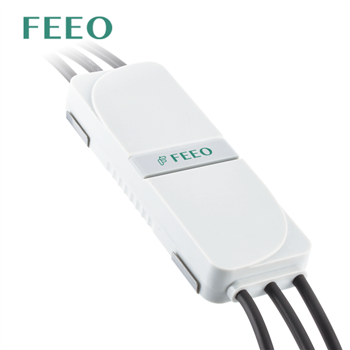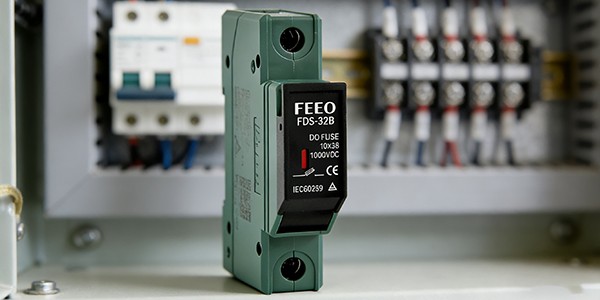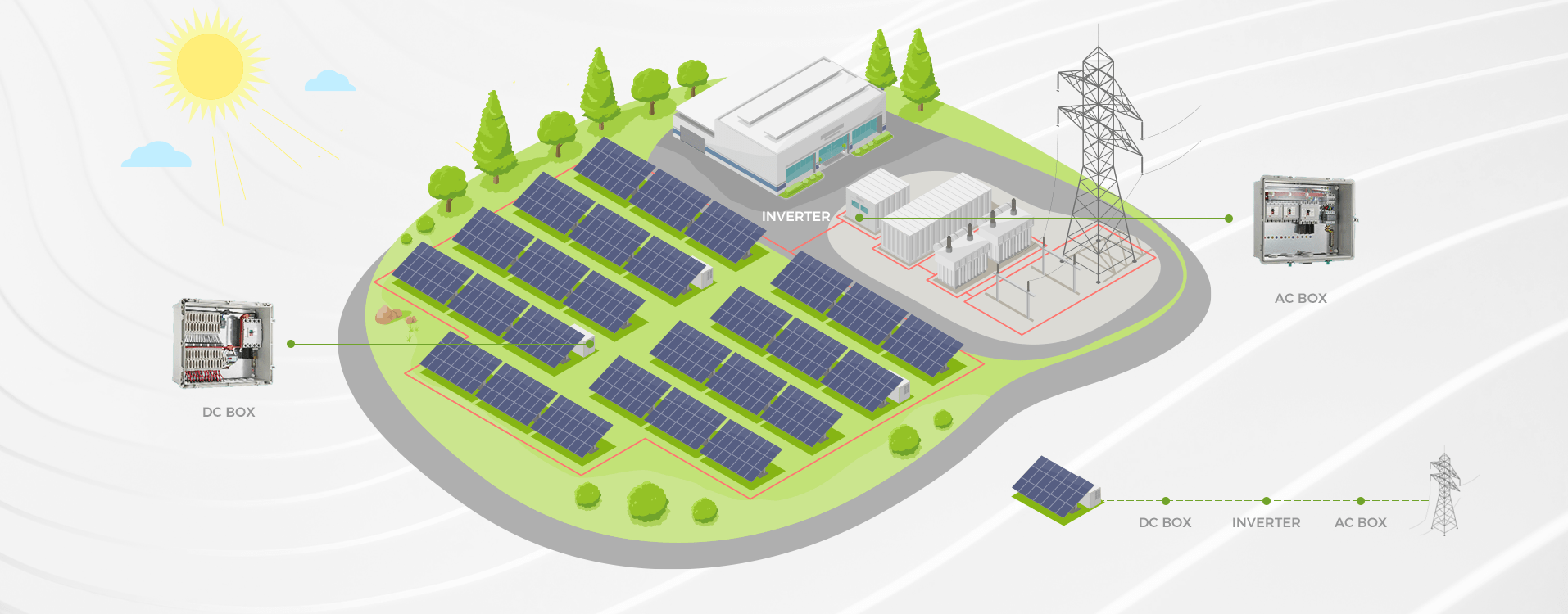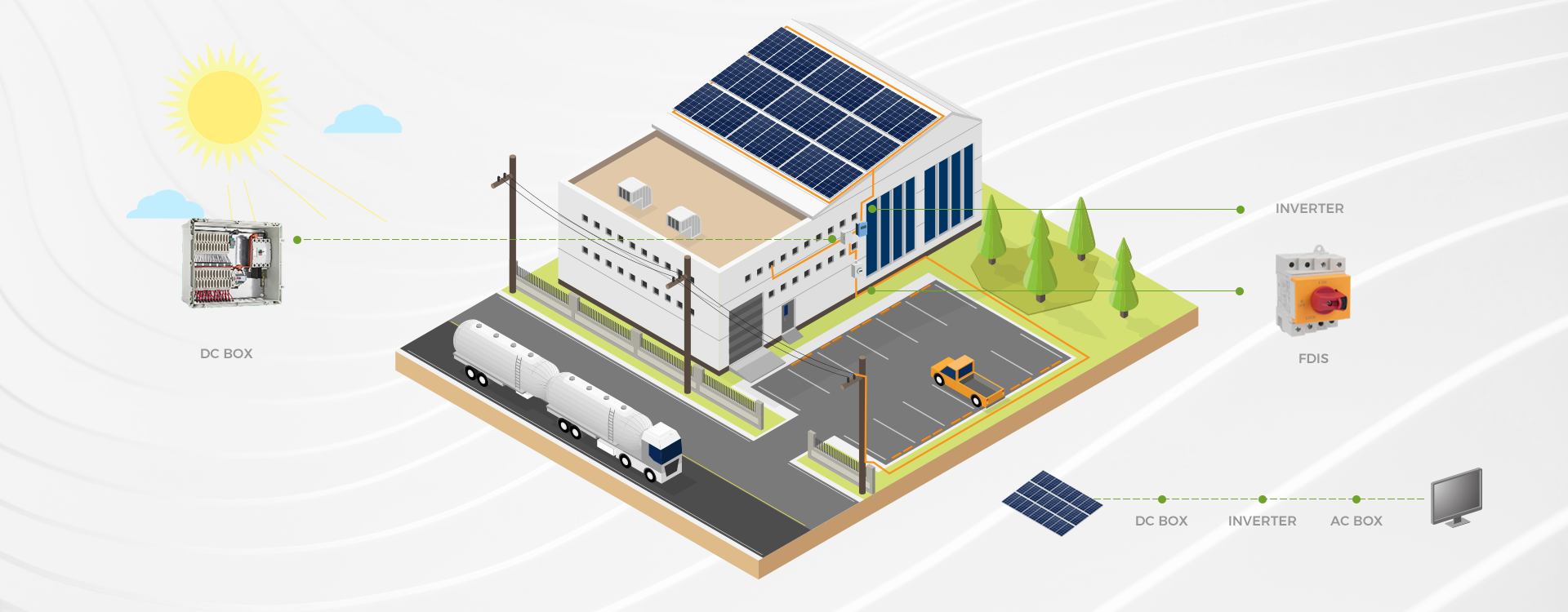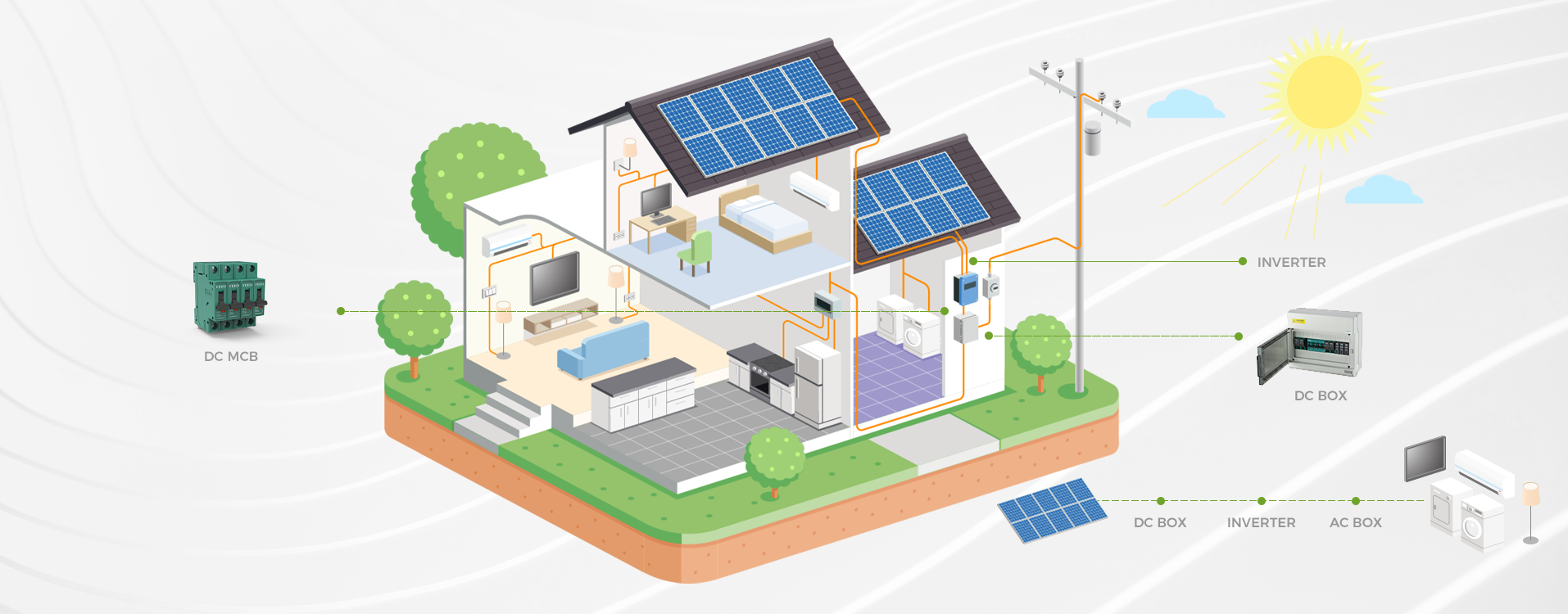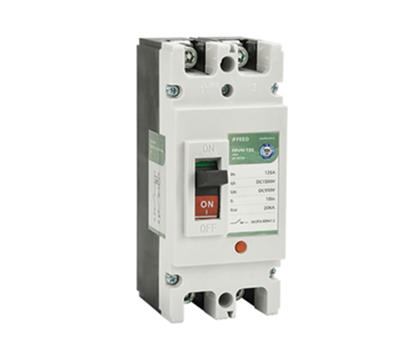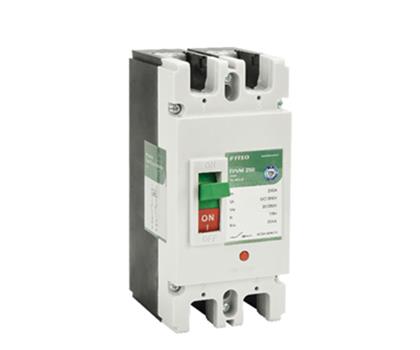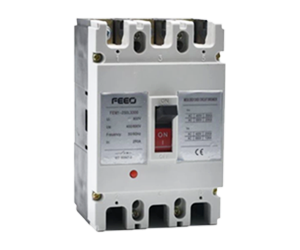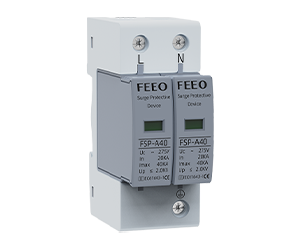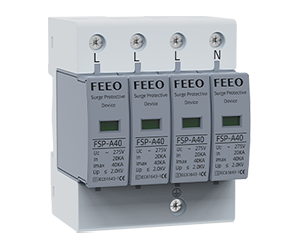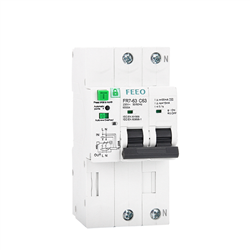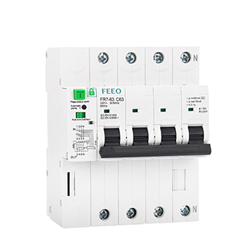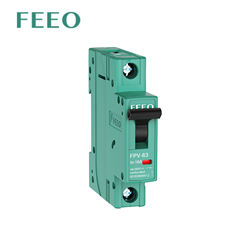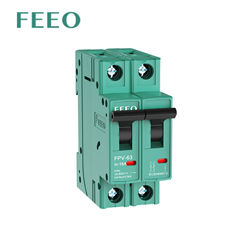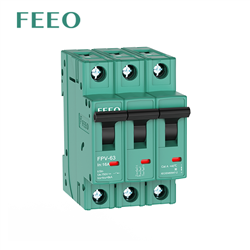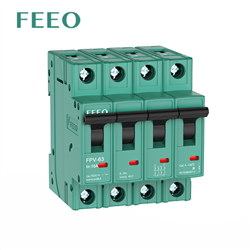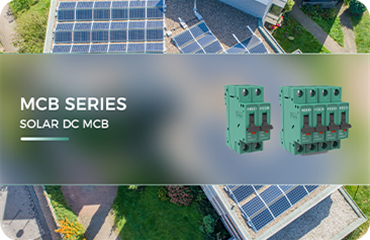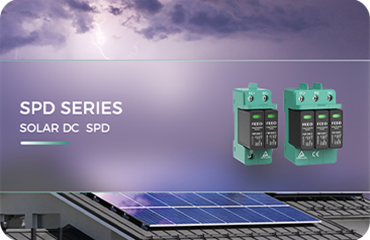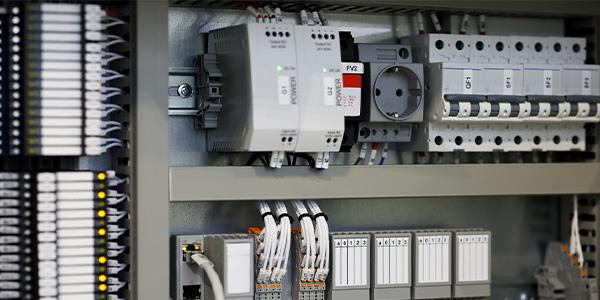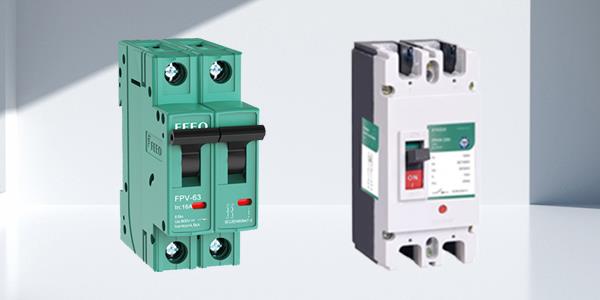Understanding Surge Protection
Surge protection involves the application of certain electronic components or devices, such as surge protectors, to shield circuits or gadgets from abrupt voltage and current spikes within the power system. It's a critical safety measure within power systems and electronic devices, aiding in ensuring the equipment's long-term reliability while decreasing the rate of failures and the costs associated with maintenance.
Roles of Surge Protectors
A surge protector is an electronic component or device primarily designed to protect circuits or devices from sudden voltage and current spikes within the power system. Key roles played by surge protectors include:
-
Overvoltage and Overcurrent Limitation: Surge protectors can control the level of overvoltage or overcurrent in the power system, thus preventing harm to circuits or gadgets.
-
Filtering: They can sift out high-frequency noise and clutter signals in the power system, thus ensuring the steady operation of circuits or gadgets.
-
Rapid Reaction: Surge protectors are able to respond promptly to surge events within the power system, preventing surge signals from damaging circuits or gadgets.
Varieties of Surge Protectors
Surge protectors are devices designed to protect electrical equipment from damage caused by overvoltage and overcurrent. Here are some common types of surge protectors:
-
Signal Surge Protectors
Signal surge protectors mainly safeguard low-voltage devices from electromagnetic pulses resulting from lightning or other overvoltages. They are particularly beneficial for data communication, signal lines, and other transmission routes. They can protect telecommunications equipment, cable television receivers, satellite communications equipment, and more in our daily lives, preventing equipment damage caused by power surges.
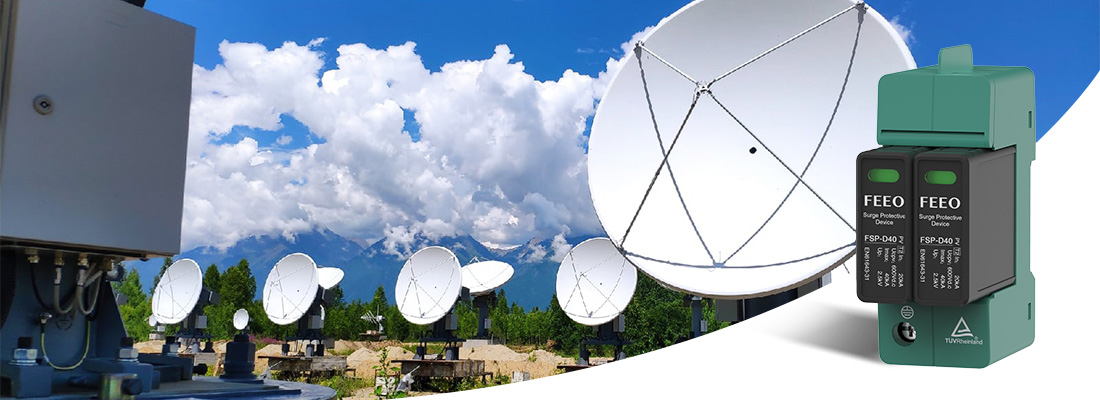
-
Power Surge Protectors
Power surge protectors primarily protect power systems and electronic devices from lightning or other transient overvoltages. Within the home setting, power surge protectors are usually used on power sockets for televisions, fridges, computers, air conditioners, and other devices to prevent overvoltage from damaging these devices.
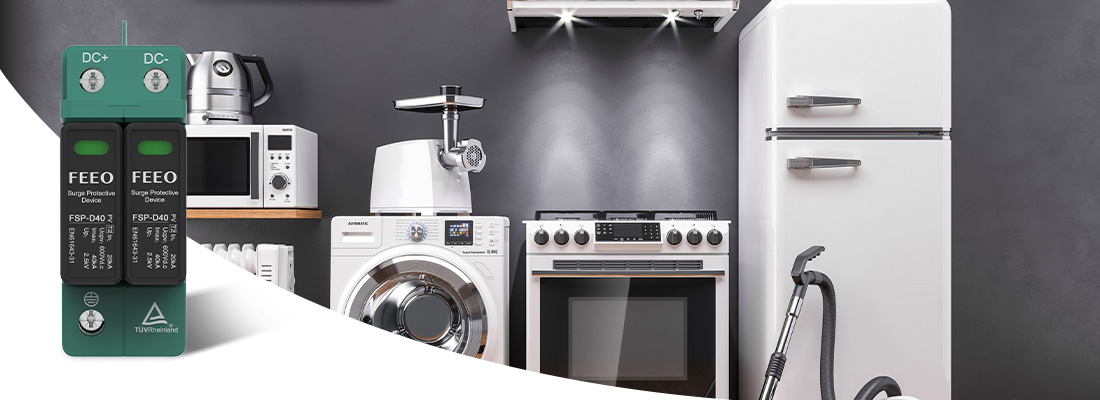
-
Comprehensive Surge Protectors
Comprehensive surge protectors are capable of protecting all kinds of electrical circuits, encompassing power lines and signal lines. This type of surge protector is particularly handy in home or office settings as it can provide all-encompassing protection for all electronic devices.
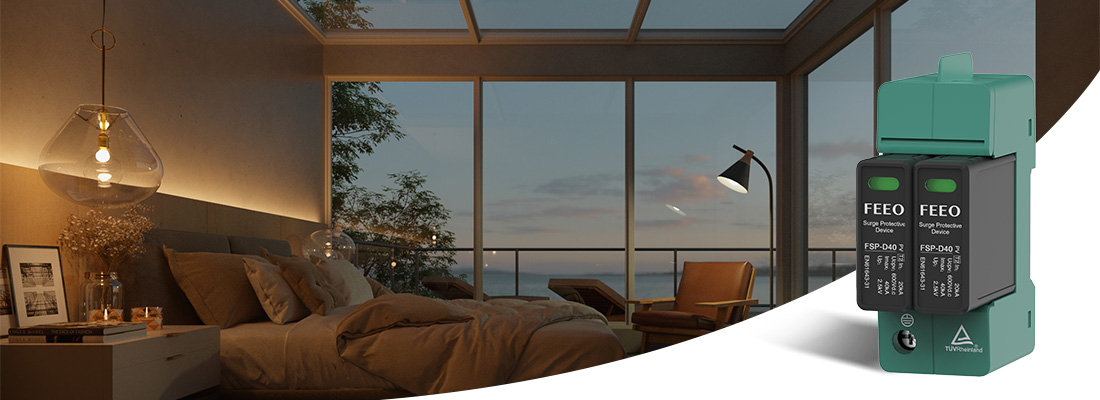
-
Lightning Current Protectors
Lightning current protectors are primarily used to prevent damage to electronic devices from lightning current. In residential homes, office buildings, and other constructions, lightning current protectors can be used to prevent lightning from damaging the electronic devices inside. They are generally installed at the entrance of power systems or communication systems, mainly offering lightning current protection.
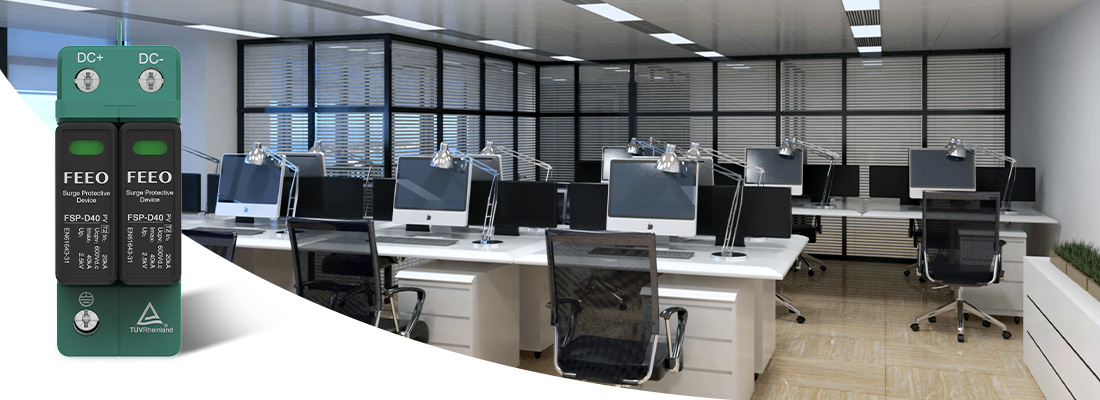
-
Modular Surge Protectors
Modular surge protectors are a type of surge protector that allows for the replacement of protection modules as needed, hence providing flexibility and scalability. If you have a variety of different types of electronic devices (e.g., TVs, computers, telephones, etc.) in your home or office, you might opt for a modular surge protector, as you can replace or add protection modules as needed.

AC and DC: What's the Difference?
Surge protectors are power protection devices that effectively prevent voltage transients and current overloads from damaging equipment. Surge protectors come in various forms, suitable for different protection needs and system types.
AC and DC Systems' Traits
In AC systems, surge protectors are usually used to protect power lines and equipment. In contrast, in DC systems, surge protectors are typically used to protect power lines and charging equipment. This is because the voltage and frequency of AC and DC systems differ, requiring different surge protectors for adequate protection.

Inner Structure of SPD
The SPD (Surge Protective Device) varistor chip is a critical component in a surge protector. It's a type of variable resistor capable of rerouting overvoltage and overcurrent to the ground wire or other safe routes via a secure channel, hence protecting electrical equipment from overvoltage and overcurrent. The internal structure of the SPD varistor chip encompasses the following elements:
-
Varistor: The core component of the SPD varistor chip, crafted from materials such as zinc oxide. When the voltage reaches a specific range, the varistor turns into a conductive path, rerouting overvoltage and overcurrent to the ground wire or other safe routes to protect electrical equipment.
-
Conductive layer: Guides voltage and current to the varistor.
-
Encapsulation material: Seals and solidifies all parts of the SPD varistor chip.
In addition to the SPD varistor chip, the internal structure of a surge protector includes other components and assemblies, such as:
-
Fuse: If the current surpasses the rated value, the fuse will disrupt the circuit to shield the device from current overload.
-
Discharge tube: During voltage transients, the discharge tube automatically conducts, rerouting overvoltage and overcurrent to the ground wire or other safe routes to shield the device from overvoltage.
-
Capacitor: The capacitor can absorb transient overvoltages and provide some energy storage to smooth out temporary voltage drops or spikes.
-
Inductor: The inductor can prevent high-frequency current from flowing into the device, hence protecting it from high-frequency noise and clutter signals.
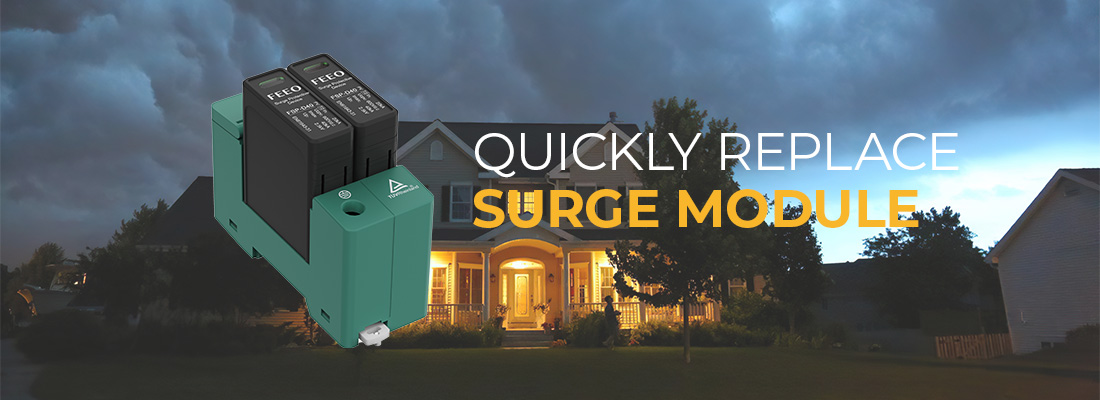
When Do You Need a Surge Protector?
Surge protectors are often needed in scenarios where electrical equipment is at risk of damage from overvoltage or overcurrent. These situations might include:
-
Lightning-prone areas: If you reside in an area where lightning is common, a surge protector is essential. Lightning can cause severe power surges that can damage or destroy your electronic devices.
-
High-value or sensitive equipment: If you own expensive or sensitive electronic equipment, a surge protector can help protect your investment. This includes computers, televisions, home theater systems, and other high-end electronics.
-
Fluctuating power supply: If your home or business experiences frequent power outages, voltage spikes, or other power anomalies, a surge protector can help protect your equipment.
-
Implementation of renewable energy systems: Solar panels and wind turbines can introduce power surges into your home's electrical system. A surge protector can help to mitigate these risks.
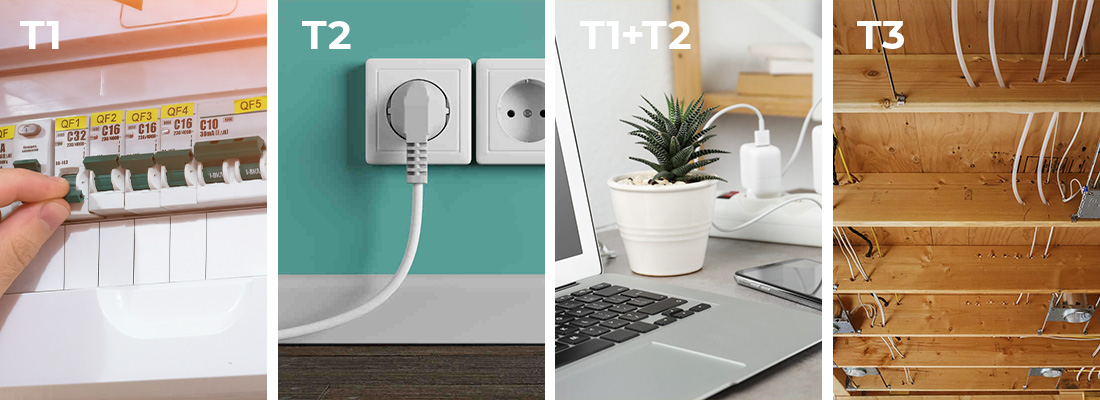
Surge Protector Maintenance
Maintaining surge protectors is crucial to ensure they perform effectively. Here are some maintenance tips:
-
Check the indicator light: Most surge protectors come with an indicator light that shows whether the device is working correctly. Regularly checking this light will help you know when the surge protector needs to be replaced.
-
Avoid overloading: Overloading a surge protector can cause it to fail. Make sure to use the right number of devices for the surge protector's capacity.
-
Replace when necessary: Surge protectors don't last forever. While some surge protectors will stop working when they can no longer provide surge protection, others will continue to function as a power strip without offering any surge protection. Therefore, it's essential to replace them when necessary.
-
Regular inspection: Consider regular professional inspections for commercial or large-scale systems to ensure optimal performance.
Conclusion
Surge protectors play a crucial role in protecting our electrical devices from overvoltage and overcurrent. Whether for personal or commercial use, understanding surge protection and the correct use of surge protectors can help safeguard your devices and save you from potential loss or damage.
